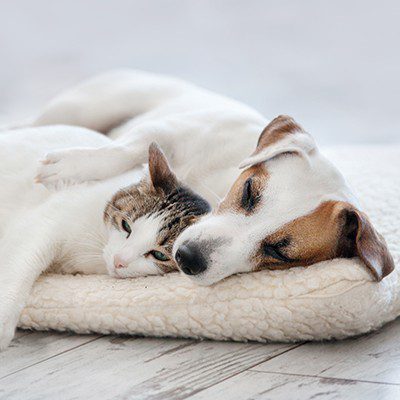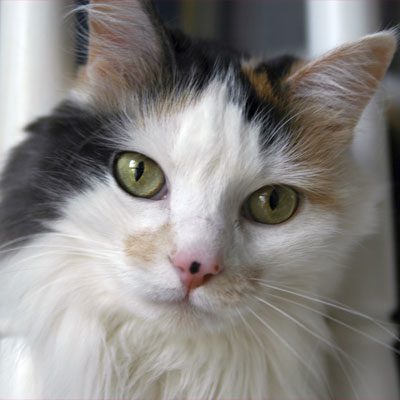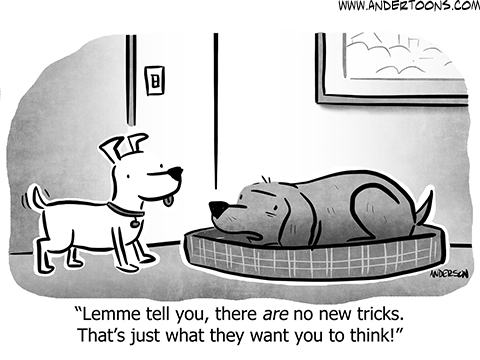Did you know that arthritis is one of the most common afflictions that our canine buddies face? Well over half of senior pooches are affected. A local Roanoke, VA vet discusses arthritis in dogs below.
Signs
Like many other medical issues, arthritis often starts out mild, but gradually worsens. Limping is often the earliest warning sign. At first, Fido may only limp briefly, usually when he first gets up. Over time, that limp will become more pronounced. Arthritis can also cause dogs to have a hard time getting up or down, climbing stairs, and/or getting in and out of cars. Your canine pal may also lick or nibble at sore spots, particularly on his legs or the base of his tail. He may not feel very active or playful, and may whine or flinch when touched. These things may get worse when it’s chilly out, as cold, damp weather tends to exacerbate arthritis. If you see any of these red flags in your furry friend, call your vet right away. The sooner an issue is caught and treated, the better!
Treatment
There’s both good and bad news here. The bad news is that arthritis cannot be cured. However, it can be managed. In fact, there are now many different products and treatments that can help your beloved pet feel better. Laser therapy, for example, can be very helpful. It’s really wonderful to see a stiff, old dog becoming more active and playful again! Your vet may also recommend medications and/or other treatments. You’ll be able to discuss specific options once Fido has been properly diagnosed.
Home Care
In addition to proper veterinary care, there are also things you can do at home to keep your faithful buddy comfortable. A good bed is an absolute must. Fido won’t sleep very well on a thin pad! Your pup may also benefit from pet ramps or stairs, which will help him get around more easily. Supplements, such as fish oil, glucosamine, and Omega oils, can also be beneficial. It’s also worth mentioning that obesity often aggravates—and therefore worsens—arthritis. Keep your pooch at a healthy weight. It’s also important to make sure your pup is getting the right type and amount of exercise. Ask your vet for specific care tips.
Do you know or suspect that your dog has arthritis? Contact us, your local Roanoke, VA veterinary clinic today!












